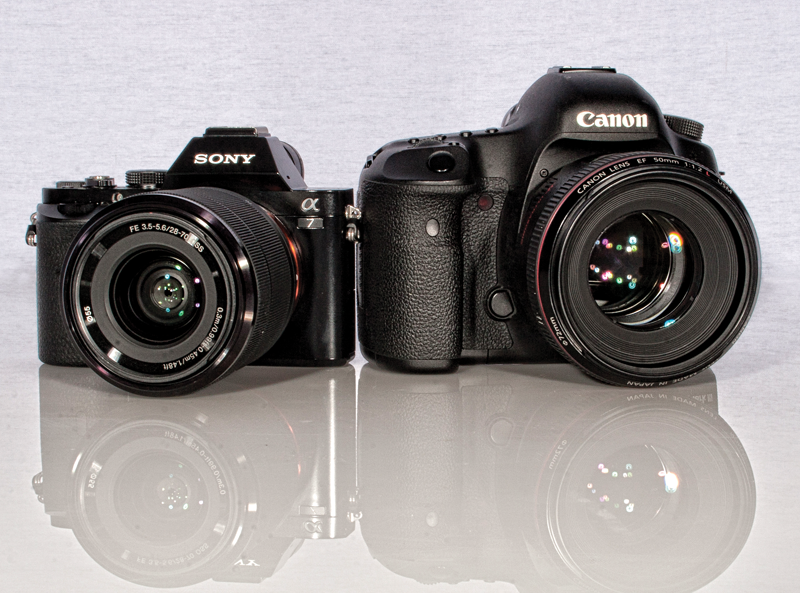Behind the Lens: Understanding Autofocus Systems in DSLRs and Mirrorless Cameras

Understanding autofocus systems in DSLRs and Mirrorless Cameras is crucial for capturing sharp and crisp images. In this comprehensive guide, we delve deep into the intricacies of autofocus mechanisms in DSLR and mirrorless cameras, exploring their differences, functionalities, and applications.
1. Types of Autofocus Systems:
Phase Detection: Learn how phase detection works in DSLRs, enabling fast and accurate focusing, especially in well-lit conditions.
Contrast Detection: Discover the inner workings of contrast detection in mirrorless cameras, ideal for achieving precise focus in various lighting conditions, including low light.
Hybrid Autofocus: Explore hybrid autofocus systems, which combine the strengths of phase and contrast detection, ensuring reliable focus across diverse shooting scenarios.
2. Autofocus Points:
Understanding Autofocus Points: Gain insights into the importance of autofocus points in determining focus accuracy and speed.
Autofocus Point Configuration: Learn how DSLRs and mirrorless cameras utilize autofocus points to track subjects and achieve optimal focus in different shooting situations.
3. Autofocus Modes:
Continuous Autofocus: Discover the benefits of continuous autofocus for capturing moving subjects with precision and clarity, crucial for action photography.
Single Autofocus: Explore the advantages of single autofocus mode for still subjects and static scenes, ensuring accurate focus without unnecessary adjustments.
Autofocus Tracking: Delve into autofocus tracking capabilities for maintaining focus on moving subjects as they move within the frame, essential for sports and wildlife photography.
4. Factors Affecting Autofocus Performance:
Lighting Conditions: Understand how lighting conditions impact autofocus performance and learn techniques to optimize focus in challenging lighting environments.
Lens Compatibility: Explore the significance of lens compatibility in autofocus performance and choose lenses that complement your camera’s autofocus capabilities.
Camera Settings: Learn how to adjust camera settings for optimal autofocus performance, including focus mode, autofocus area, and autofocus sensitivity settings.
Conclusion: Autofocus Systems in DSLRs and Mirrorless Cameras
Mastering autofocus systems is essential for achieving sharp, professional-quality images with your DSLR or mirrorless camera. By understanding the different autofocus mechanisms, modes, and factors affecting performance, you can elevate your photography skills and capture stunning images with precision and clarity. Unlock the full potential of your camera’s autofocus system and take your photography to new heights.
FAQ: Q1: Can autofocus systems in DSLRs and mirrorless cameras perform equally well?
A1: While both types of cameras offer advanced autofocus capabilities, the performance may vary based on factors like camera model, lens compatibility, and shooting conditions.
Q2: How many autofocus points should I look for in a camera?
A2: The number of autofocus points depends on your specific photography needs. For fast action photography, more autofocus points offer better subject tracking, while for still subjects, fewer points may suffice.
Q3: Is hybrid autofocus better than phase or contrast detection alone?
A3: Hybrid autofocus combines the advantages of both phase and contrast detection, offering improved focusing performance across a wide range of shooting scenarios. However, the effectiveness may vary depending on the camera model and manufacturer.
Conclusion: Mastering autofocus systems is essential for maximizing the potential of your DSLR or mirrorless camera. By understanding the different autofocus mechanisms, modes, and factors affecting performance, you can elevate your photography skills and capture stunning images with precision and clarity.
